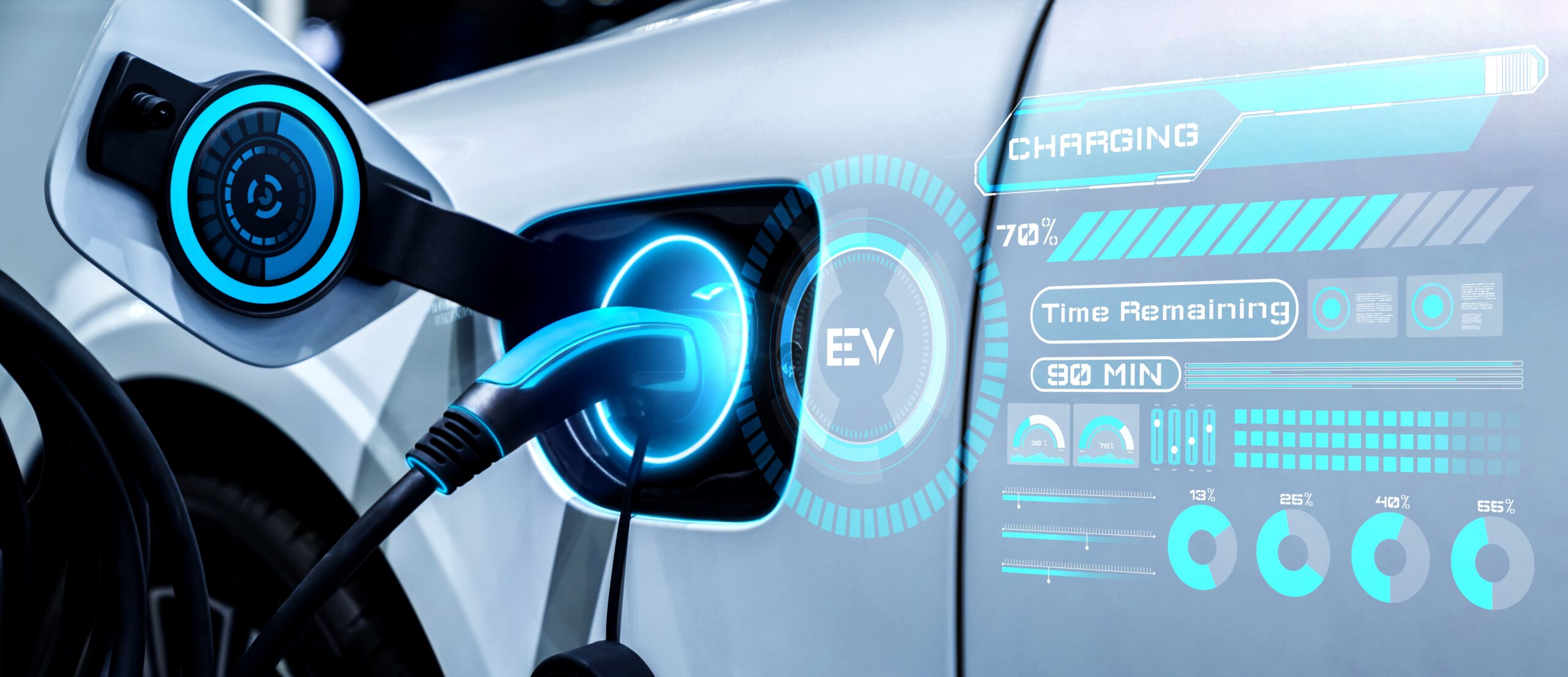The International Energy Agency (IEA) identified that the number of countries which have pledged to achieve net‐zero emissions has grown rapidly over the last year and now covers around 70 %of global emissions of CO2. However, the changes required to reach net‐zero emissions globally are poorly understood. As a result, IEA published its “Achieving Net Zero by 2050: A Roadmap for the Global Energy Sector.” They identified that, despite all the hype, if all announced national net-zero pledges are achieved in full and on time, whether or not they are currently underpinned by specific policies, goal acquisition will still fall well short of what is necessary to reach global net‐zero emissions by 2050.
 With that said, a practical roadmap to net zero is very ambitious. IEA believes success looks like electricity accounting for almost 50% of total energy consumption in 2050, with almost 90% of electricity generation coming from renewable sources, of which wind and solar PV together account for nearly 70%. This will mean that electricity system flexibility —needed to balance wind and solar with evolving demand patterns — quadruples by 2050 with major increases in all sources of flexibility: batteries, demand response and low‐carbon flexible power plants, supported by smarter and more digital electricity networks.
With that said, a practical roadmap to net zero is very ambitious. IEA believes success looks like electricity accounting for almost 50% of total energy consumption in 2050, with almost 90% of electricity generation coming from renewable sources, of which wind and solar PV together account for nearly 70%. This will mean that electricity system flexibility —needed to balance wind and solar with evolving demand patterns — quadruples by 2050 with major increases in all sources of flexibility: batteries, demand response and low‐carbon flexible power plants, supported by smarter and more digital electricity networks.
The IEA has identified interim achievements to ensure we’re on the right path to net zero by 2050. This includes the fall of global energy‐related and industrial process CO2 emissions by nearly 40% between 2020 and 2030. There will need to be a 75% reduction in methane emissions from fossil fuel use by 2030, while providing universal access to sustainable energy. The world economy in 2030 is some 40% larger than today but uses 7% less energy; around 55% of the cumulative emissions reductions in the pathway are linked to consumer choices such as purchasing an EV, retrofitting a house with energy efficient technologies or installing a heat pump.
As a result, IEA believes governments must lead the planning and incentivizing energy efficiency, fuel switching and massive infrastructure investments. This includes smart transmission and distribution grids, with annual investment expanding from $260B today to $820B in 2030. The roadmap shows pairing battery storage systems with solar PV and wind to improve power system flexibility, and maintaining electricity security becoming commonplace in the late 2020s. Here at Enbala, we are already seeing a lot of the world’s most progressive utilities starting to move the dial on their energy mix, using software solutions like our ConcertoÔ platform to replace retiring coal and gas plants with renewables, storage and demand flexibility.
The IEA sees EV ridership rising from around 1 million today to 40 million in 2030, requiring annual investment of almost $90B in 2030. EVs provide grid operators both a new challenge and an opportunity; annual battery production for EVs leaps from 160 GWh today to 6,600 GWh in 2030. Having the ability to consume excess renewable generation and provide additional peaking capacity through advances in V2G technology will make EVs essential grid resources.
The IEA roadmap will require immense investments and still has space for the adoption of new technologies. All this while the global economy is expected to double through to 2050, and the global population increases by 2 billion. I’ll say it again, it’s ambitious. The IEA suggests energy or environment ministries alone cannot carry out the policy actions needed to reach net zero by 2050; the successful roll out requires breaking down silos and integrating energy into discussions surrounding finance, labor, taxation, transport and industry. The commitment is there, but more needs to be done. It’s all about the follow through; the financial sector is contributing to the change through Environmental Social and Governance (ESG) investments, enterprise procurement processes devote a chunk of evaluation criteria towards a suppliers sustainability initiatives and goals. A potential dark side to the growth in battery storage and EVs involves the pollution and land degradation associated with mining of metals, manufacturing and disposal of these technologies. The most successful suppliers will be those with transparency and accountability across the lifecycle of the technology.
Our collective global community must stay accountable, improving and course-correcting at record speed. If I wasn’t witness to the COVID-19 pandemic these past 18 months, I wouldn’t think this kind of change was possible; bureaucracies work too slow for fast change. But the world stepped up — we made quick changes and some serious sacrifices, identifying tragic inequalities and broken systems along the way. We’re persevering, and the challenge of net zero by 2050 will only be achieved with this same agile, collective cooperation.




